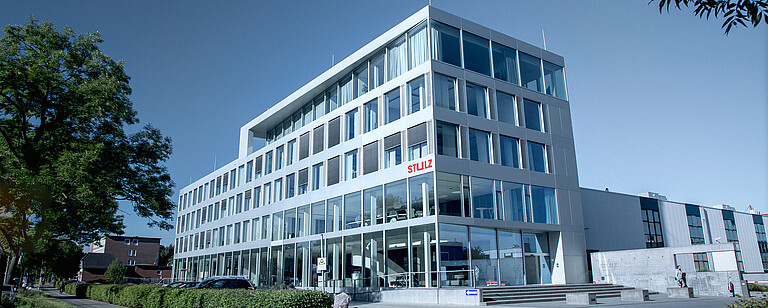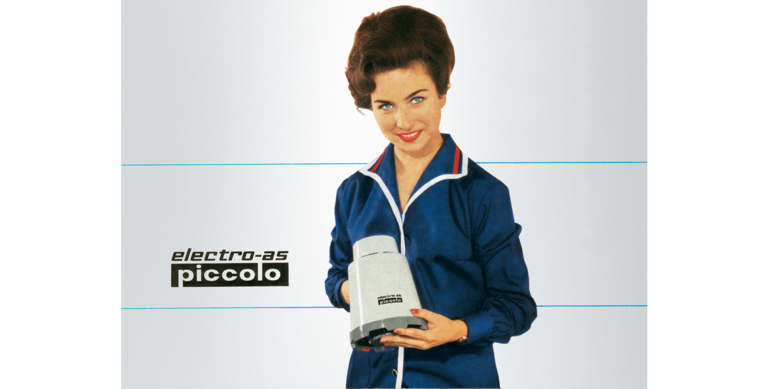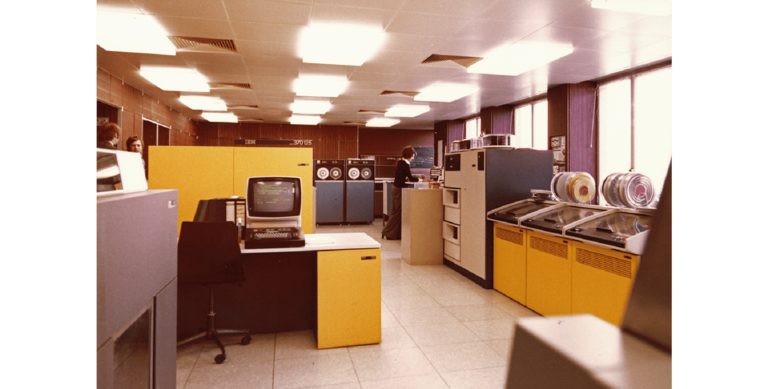A system for Success

Customer focus, entrepreneurial spirit, and technological expertise – these have formed the basis for the successful growth of the STULZ Group for almost 70 years.

Piccolo helps housewives
STULZ’s first customers were housewives. In the midst of the economic miracle that took hold of Germany in the 1950s, the Piccolo housekeeping system encompassed a vacuum cleaner, floor-polishing brush, and blender in a single, universal appliance. The addition of plastics processing in 1959 led to the foundation of the sister company, Montaplast, which today is a global supplier to the automotive industry.

Precision air conditioning keeps IT cool
The 1970s saw a boom in computer technology. With the air conditioning of data centers, STULZ acquired an attractive new area of business. In 1977, STULZ produced precision air-conditioning systems with a modular design – a groundbreaking innovation, which established the company’s international reputation as a specialist for the air conditioning of data centers and mobile phone stations.
The first IT rooms were nothing like today's server rooms. Old records show that they were often offices where the mainframes stood alongside desks, typewriters, printers, removable disk drives, and other electrical devices. It quickly became a particular challenge to provide these combined office and equipment rooms with the air conditioning they needed, i.e., a solution that would meet the requirements of both the workers and the equipment. This was how precision air conditioning was born: In order to create a pleasant climate for the people in the room, while also ensuring that every unit was able to operate to full capacity, the installed air-conditioning system had to be able to achieve a room temperature of 21°C (+/- 1°C) and an air humidity level of approximately 50 percent. This was only possible with special systems that were developed specifically for IT rooms. These systems were then often housed in paneled and sound-protected cabinets in IT rooms in order to prevent faults caused by running noise from arising in the first place. It was only when office spaces and IT rooms were separated in the 1980s and 1990s, and data centers as we now know them were set up, that today's solutions such as closed-circuit air-conditioning systems with raised floors were developed.
